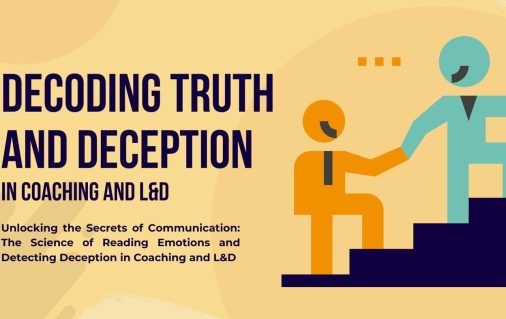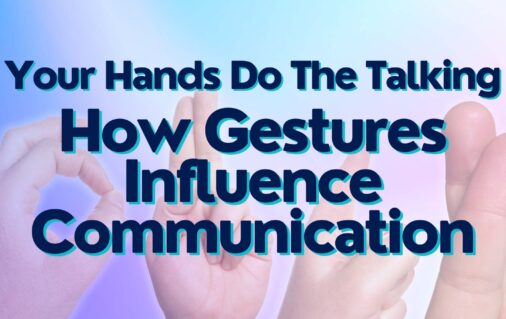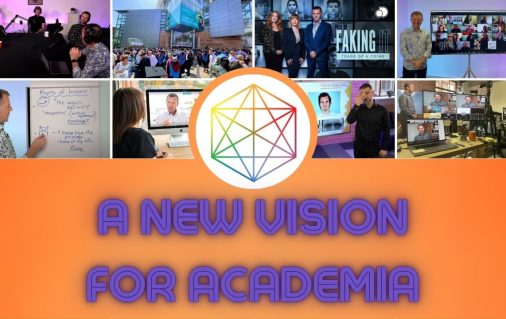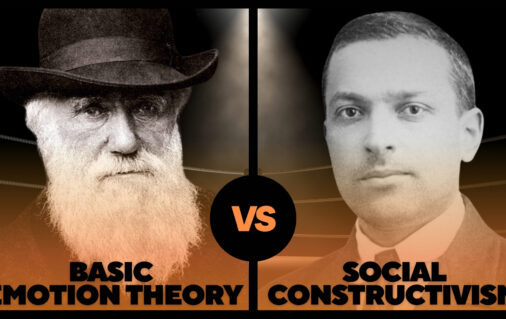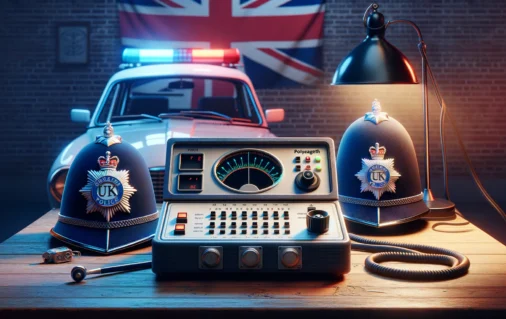Facial Expressions
Why do Facial Expressions Matter?
Facial expressions are not as obvious as you might think. Although we see facial expressions every day in many contexts, e.g., on TV, when speaking with a coworker, when observing our families and friends, it is important to know what these facial expressions really mean.
It’s easy for our interpretation of facial expressions to become tainted by our expectations, biases and our own emotions. Even how we were raised, and our cultural environments can influence how we ‘read’ a facial expression. This is why an understanding of the science behind facial expressions and emotion is so crucial.
For instance, if we misinterpret a sadness expression as a sign that someone is disappointed in us, and then due to our own insecurities, react defensively, it could cause more harm than good.
Beyond the meanings of facial expressions, we can also gain insight by understanding the emotions that are being hidden in the facial expressions, or by the way that someone is masking a facial expression. For example, if someone is trying to hide an expression of sadness with a smile, perhaps it means that this person doesn’t feel comfortable expressing their sadness with you, or that they believe that you would not accept their sadness. This insight could become a doorway to deeper conversations, or reassurance that you are willing to hear their concerns and worries.
By developing a truer understanding and expertise in this area, we can learn to trust our own ability to read facial expressions and uncover the underlying messages that are being communicated. This step is valuable for successful communication, because it reaches beyond what is simply being said, to the possible emotions behind the words.
Table of Contents
- History of Facial Expressions
- What are the Universal Facial Expressions?
- Individual Differences: How are Facial Expressions expressed?
- Self-Awareness and Facial Expressions: How are Facial Expressions Experienced?
- How are Facial Expressions Measured and Analyzed?
- Facial Action Coding System (FACS)
- Conclusion

